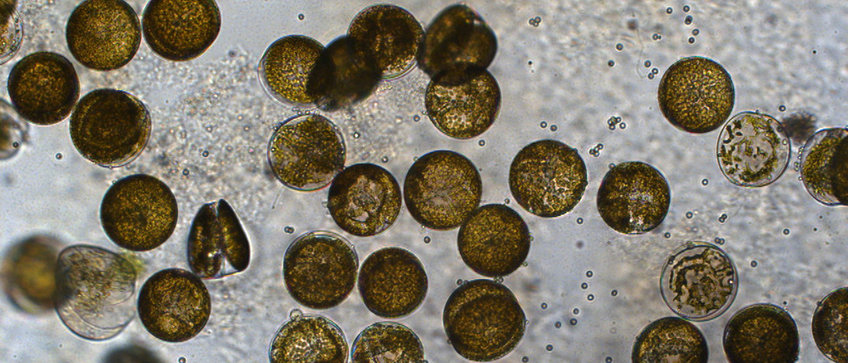
Publications of Sandy Rottloff
All genres
Journal Article (4)
2013
Journal Article
Secreted pitfall-trap fluid of carnivorous Nepenthes plants is unsuitable for microbial growth. Annals of Botany 111 (3), pp. 375 - 383 (2013)
Journal Article
Isolation of viable multicellular glands from tissue of the carnivorous plant, Nepenthes. Journal of Visualized Experiments 82, e50993 (2013)
2011
Journal Article
Functional characterization of a class III acid endochitinase from the traps of the carnivorous pitcher plant genus, Nepenthes. Journal of Experimental Botany 62 (13), pp. 4639 - 4647 (2011)
2009
Journal Article
Micropreparation of single secretory glands from the carnivorous plant Nepenthes. Analytical Biochemistry 394 (1), pp. 135 - 137 (2009)
Thesis - PhD (1)
2012
Thesis - PhD
Analyse zur Proteinkomposition im Kannensaft der karnivoren Pflanze Nepenthes. Dissertation, Friedrich Schiller University Jena, Jena (2012)
Thesis - Diploma (1)
2006
Thesis - Diploma
Proteinanalyse des Verdauungssaftes von Nepenthes sp. Diploma, Friedrich-Schiller-Universität, Jena (2006)